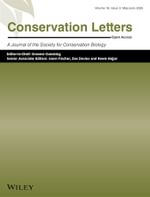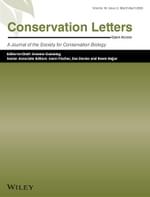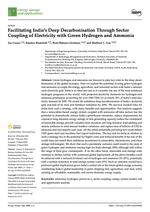The paper develops a Bayesian cluster identification model to estimate the innovation pos- sibilities frontier of the OECD economies based on the probabilistic Induced Technical Change (ITC) model, a generalized version of the canonical ITC model stemming from Von Weizsäcker (2010) and Kennedy (1964). The result shows that there are multiple distinctive frontiers in the OECD economies from 1968-2009, each of which is associated with a class of economies whose technical conditions exhibit a distinctive pattern. It is observed that advanced economies with a high “level” of labor productivity and low capital productivity along with a high labor cost tend to have a low rate of cost reduction, the result from a low growth rate of labor and capital productivity. The result explains a stylized fact of economic development of advanced economies from a low-wage, labor-intensive economy to a high-wage, capital-intensive economy.
A Bayesian Multiple Technological Frontier Estimation in the Probabilistic Induced Technical Change Model: OECD Countries from 1968-2009
01 January 2018
Other Recent Journal Article / Working Papers

Water temperature regulations could help to balance biodiversity and energy security

An aspirational approach to planetary futures

Resolving Uncertainties in the Legality of Wildlife Trade to Support Better Outcomes for Wildlife and People

Protect the Integrity of CITES: Lessons From Japan's IWC Withdrawal to Keep Polarization From Tearing CITES Apart
Controlled Catalysis Delivering High Molecular Weight Polyesters as Recyclable Alternatives to Polystyrenes

Facilitating India’s Deep Decarbonisation Through Sector Coupling of Electricity with Green Hydrogen and Ammonia